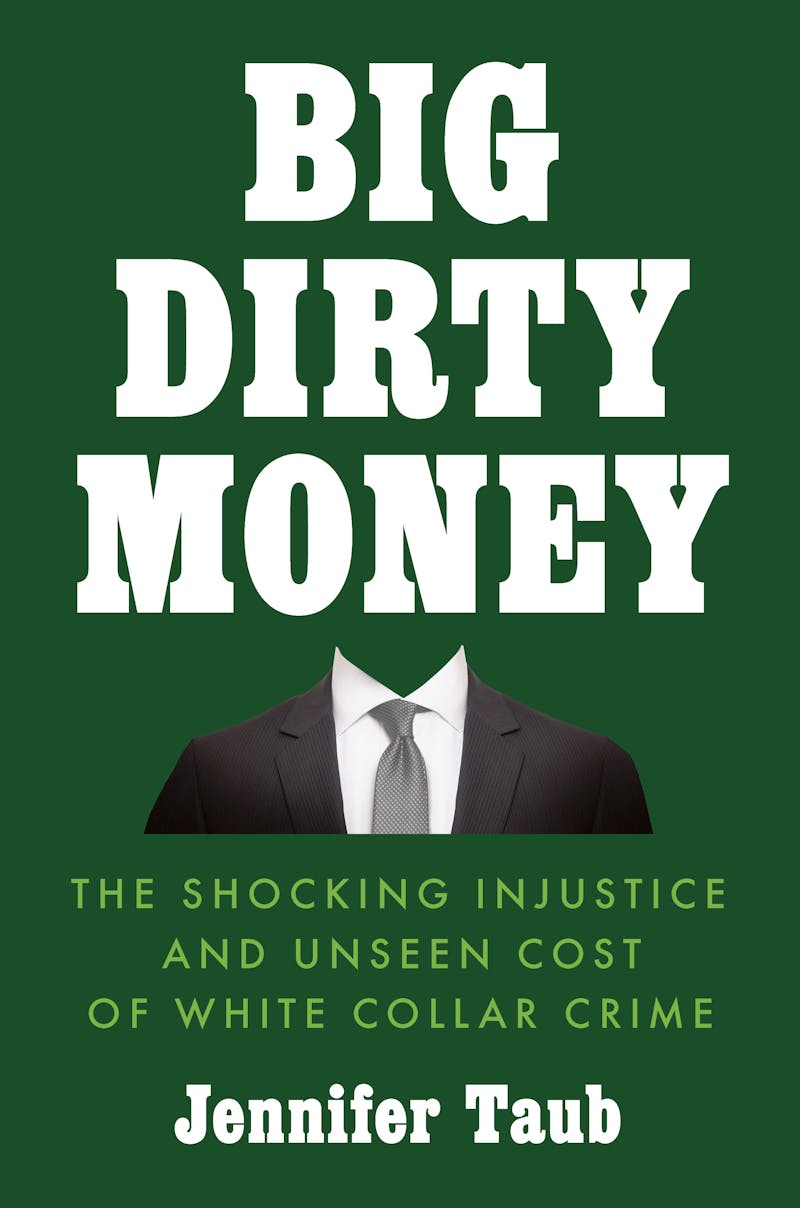Over a decade since the financial crisis revealed an unimaginable level of white-collar crime by some of the highest-status people in our society, a major question remains unanswered. Why did no one go to jail in the United States? Actually, two people did go to jail. The first is a well-known story: Kareem Serageldin, the Egyptian-born banking executive who ended up being sentenced to 30 months in low-security prison. The other was a loan officer named Ken Yu at a small, family-run bank in Manhattan’s Chinatown called Abacus Federal Savings Bank, who was sentenced to six months in jail in 2015. But the strange thing about Ken Yu was that before he was sentenced, he was the star witness for the Southern District of New York’s first and only attempt to hold a bank systematically responsible for mortgage fraud.

Abacus was a baffling target because it was a bank that lent mainly to the Chinese immigrant community in the neighborhood. The crime, at least at first, appeared to be that Ken Yu, a low-level loan originator, fraudulently made loans, pressured clients to give him kickbacks, and stole money from the bank. Seven other employees did similar things. The executives at Abacus knew about this, because they had discovered it themselves and had fired Yu. Yet in May 2012, District Attorney Cyrus R. Vance Jr.. brought a jaw-dropping 240 counts of grand larceny, conspiracy, mortgage fraud, and falsifying business records against the entire bank. It was unprecedented to charge an institution for fraud, and it was clear that Vance thought of this case as somehow fitting into the larger historical context of the financial crisis. “If we’ve learned anything from the recent mortgage crisis,” he told The New York Times, “it’s that at some point, these schemes will unravel and taxpayers could be left holding the bag.”
Yet it was all for naught. In 2015, the grand jury acquitted Abacus on all counts. “Manhattan District Attorney Cyrus Vance Jr. had all of Wall Street in his jurisdiction for enforcing New York state law,” writes Jennifer Taub in her new book, Big Dirty Money, “but the sole bank his office chose to prosecute was Abacus Federal Savings Bank.” Why is that? It might be because Abacus was an easy target or because there really was evidence that the bank executives were involved. Either way, if Vance was trying to make a larger statement, his tactic was extremely flawed; it wasn’t the kind of institution the public was angry about. The public cared about the fat cats on Wall Street.
Taub, a law professor, thinks the D.A.’s office was working from a skewed premise. White-collar criminal cases fail to target the most privileged people. To understand why that is, we have to understand something fundamental: We don’t even have a mutually agreed-upon definition of what “white-collar crime” is. Sure, illicit payments, tax evasion, intellectual property theft, and fraud come to mind, but what about corporations that dump toxic waste into canals or banks like Wells Fargo that encourage their employees to open fake accounts at the expense of their customers? What about someone who uses a counterfeit $10 bill? As Professor David O. Friedrichs, a scholar of white-collar crime, has written, coming up with “a single, coherent, and universally accepted and invoked definition of white collar crime is an exercise in futility.”
With no clear definition, there’s also no official measurement of white-collar crime. While the FBI obsessively measures other crime, it does not have a comprehensive gauge of corporate fraud, executive fraud, tax evasion, or embezzlement. It’s not because it is less costly or because wealthy professionals inflict less harm. Taub, a law professor, finds that white-collar crime probably costs victims between $300 and $800 billion per year, while street-level crimes like burglary, larceny, and theft cost victims around $16 billion. We live in what some call a golden era of white-collar crime. If we ever hope to do more than toss a heap of weak charges at low-level offenders like Abacus, we’ll have to come to a better definition of what it is.